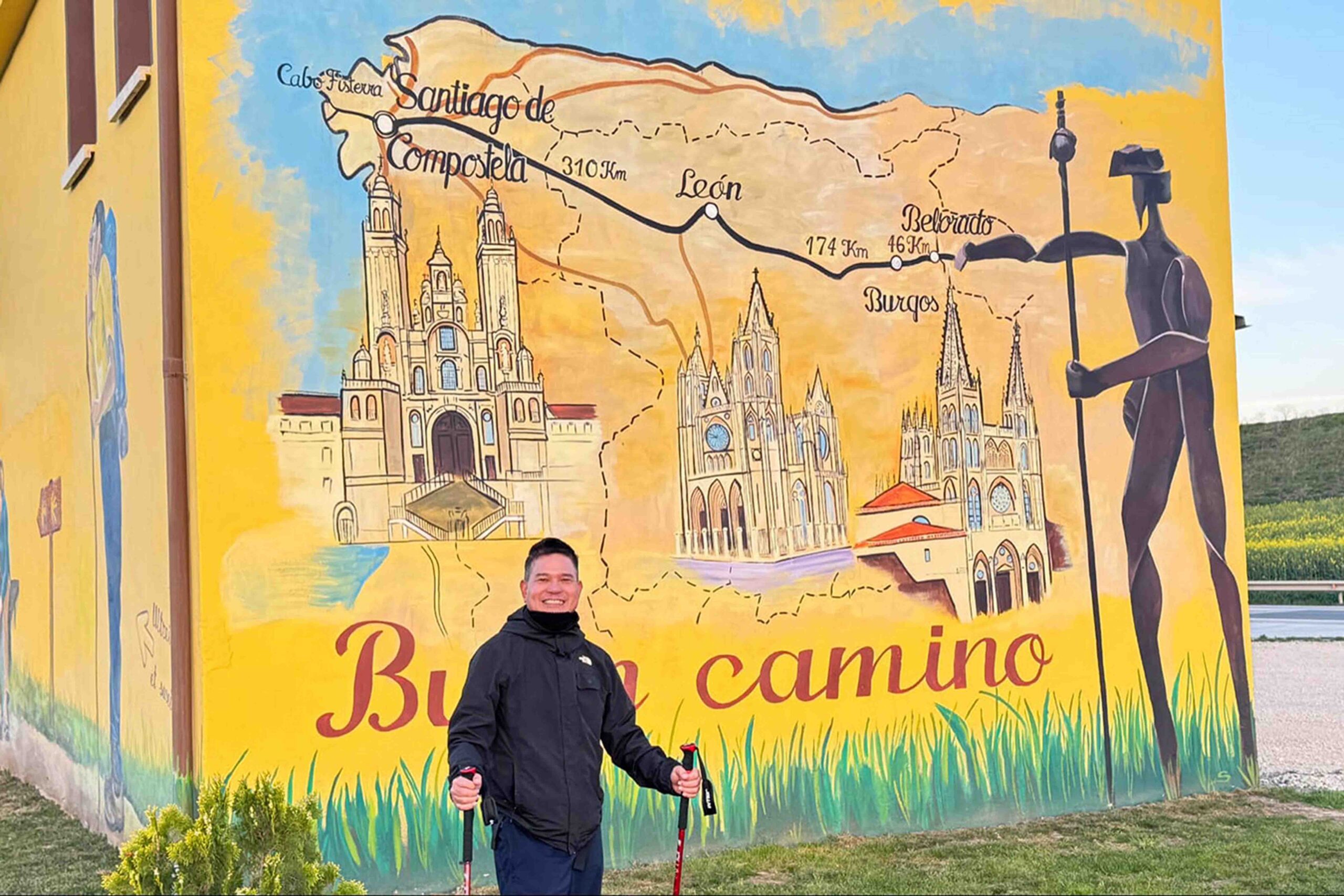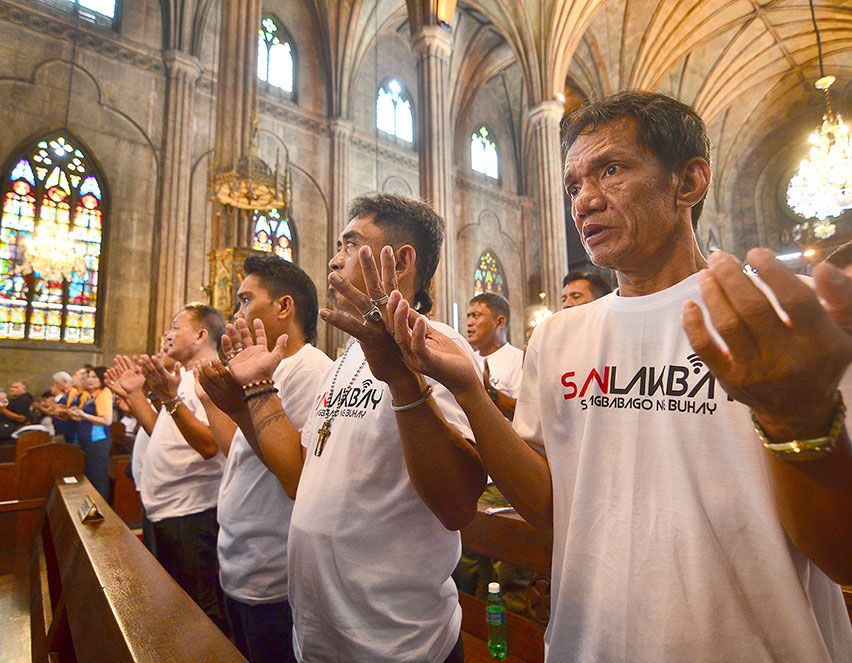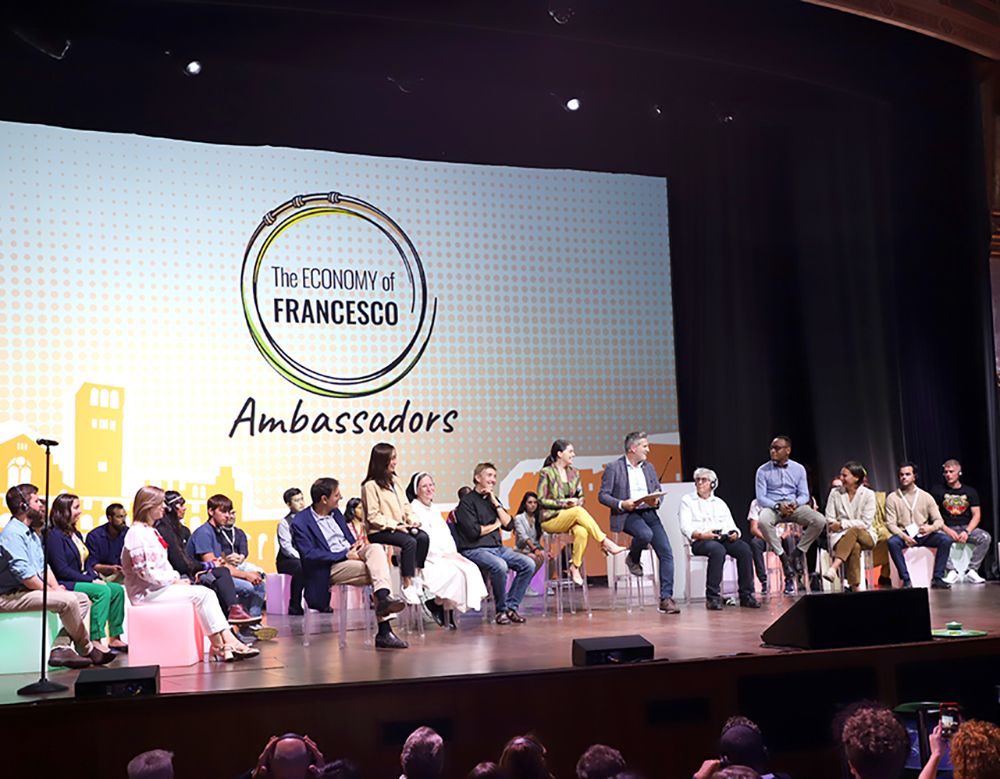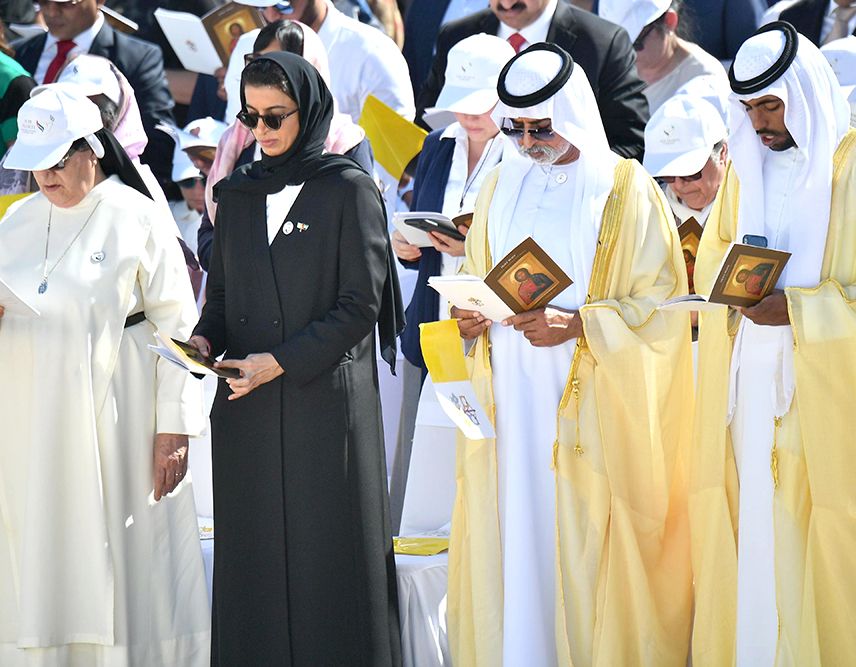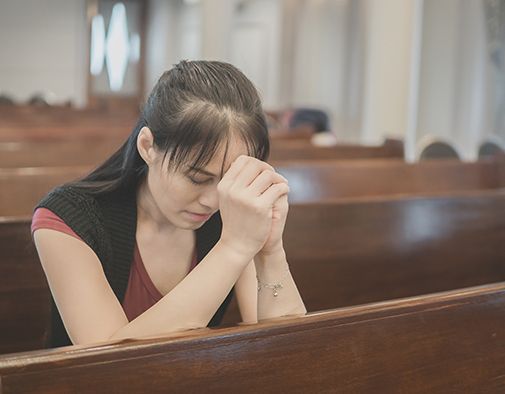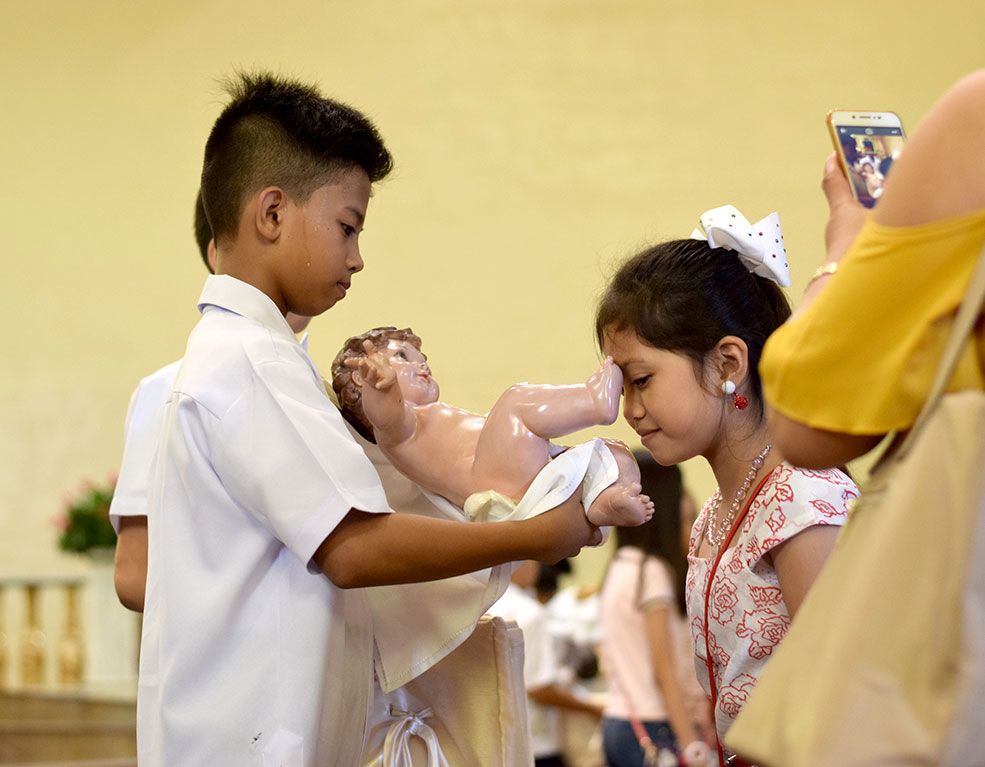ARMENIANS. Armenia, part of modern Turkey, was under Soviet rule until 1991, when Communism fell. At various stages of its history, it was under Arab, Byzantine, and Turkish rule. The monk Mechitan sought safety in Venice. His followers formed the congregation of the Mechitists, which started the development of Armenian culture.
Only 4% of the population are Roman Catholics, while the majority (94%) are “Armenian Apostolic Catholics.” A “Katholikos” heads the Roman Catholics. They were banned from attending the Council of Chalcedon in 451, which condemned the heresy of monophysitism, that is, Christ has only one divine nature, despite His earthly birth, life, death, and resurrection. Later, they accepted conciliar decrees of the Council of Ferrara-Florence in 1453, and confirmed the union with the Roman Catholic Church. In 1996, Pope John Paul II and Katholikos Karekin I (+1999) signed a joint declaration to bridge the gap between the two Churches.
The Armenian Apostolic Catholics (or Oriental Orthodox) had also accepted the decrees of Chalcedon. For political reasons, the Byzantine Emperor, influenced by the monphysites, opposed them. They reunited with Rome for more than two centuries (1198-1375), but internal conflicts prevented total union among themselves.
CHALDEANS. They form a minority group today in Iran, Iraq, and Turkey. Already mentioned in ancient writings, the Old Testament considered them people with magical powers. They are either Nestorians, who admit a divine and human nature in Christ, but which are merely accidentally united in Him, or Oriental Rite Roman Catholics.
The Chaldean Catholics trace their roots to the Latin Crusaders, and they had always sought reunion with the Roman Catholic Church. But centuries of conflict due to circumstances of time, place, and persons, have always blocked their efforts.
In 1552, their patriarch, Simon III Baida, journeyed to see Pope Julius III. Refusing election to the Patriarchate twice, they forced him physically to accept the position. The following year, the Pope proclaimed Sulaqa as the Patriarch of the Chaldeans, an event which marks the official establishment of the Chaldean Catholic Church.
COPTS. The name is Arabic for “Egyptian.” St. Mark brought the Christian Gospel from Alexandria to Egypt and Abyssinia. Wrongly thinking that monophysitism was the orthodox doctrine, for it was supposedly taught by St. Cyril of Alexandria, the Patriarch of Alexandria accepted the heretical teaching. The Byzantines, too, had accepted the decrees of Chalcedon, and their followers are known as “Melkites,” or the “King’s men.” But the traditionalists in Egypt resented the “upstart” Byzantines, and so, to promote peace, Emperor Justin II created a Melkite Patriarchate and a non-Chalcedonian Patriarch. The majority went with the non-Chalcedonian Patriarch, and observed a modified Alexandrian liturgy, while the Melkites followed the Byzantine.
Their Arab conquerors subjected them to taxes, tributes, or Islam – or death. Many embraced Islam.
The first attempt of reunion with Rome occurred during the Council of Ferrara-Florence (1439). Pertinent documents were issued, but their Church leaders refused to sign them. In 1600, a Franciscan friar was named their Vicar and, in Rome, the Sacred Congregation for the Propagation of the Faith opened a college for the Copts.
Efforts to unify the three Churches (Oriental Orthodox Copts, Byzantine Orthodox, and Eastern Catholic Copts) never succeeded. In 1741, the Coptic Patriarch of Jerusalem, appointed to lead the Egyptian Coptic Catholics, recognized the primacy of Rome, but he was blocked from entry into the country.
The Copts lived in dilapidated mountains, their priests married, and though deeply pious and religious, they remained ignorant. In 1895, Pope Leo XIII erected a Coptic Catholic Patriarcate or the Catholic Copts, but it became vacant in 1910-1947. In 1958, a Patriarch of Alexandria for the Copts was appointed. But fundamentalist Muslims today harass them.
MARONITES. They are the Lebanese Catholics of the Syrian Rite, doubtless influenced in the beginning by the crusaders from Western Europe, and have always been united to Rome. They trace their roots to the holy hermit, St. Maron (+420) in northern Syria, whose tomb immediately became a popular religious center. There are three bishoprics among them: Aleppo, Damascus, and Cairo.
St. Maron’s monastery was the stronghold of those who upheld the decrees of Chalcedon. For defending Chalcedon, the followers of St. Maron, however, were killed by the monophysites.
MELKITES. The “Melkites,” from Arabic “kingly” or “imperial,” are Byzantine Catholics observing the liturgy in Arabic. The Egyptian monophysites derided them as heretics and applied the name in opprobrium after they sided with the Byzantine Emperor who had accepted Chalcedon. The term now refers to two groups: the Byzantine rite Catholics, and the Orthodox Church. They are only one of 22 autonomous mid-Eastern Catholic Churches, each with its own patriarch.
The threat of an invasion from Persia (modern Iran, Iraq) led the Byzantine Emperor to impose monothelytism, hoping to unite his people. This led to more divisions in Antioch until the later Turkish conquest. The Latin crusaders reconquered the land and established a Latin hierarchy. The Emperor restored the Patriarchate, but it led to even more divisions. In time, the Syrian liturgy was replaced by that of Byzantium.
Several patriarchs succeeded in reuniting with Rome, but the union was never strong. The expansion of the French to the Middle East led to the formation of the Melkite Greek Catholic Church. In the 17th century, Latin missionaries came.
In 1724, Patriarch Sylvester was elected, but the Melkite community of Damascus elected the pro-Roman Cyril. Constantinople consecrated Sylvester, but the Pope recognized Cyril. The Catholic wing of the Patriarchate of Antioch became the Melkite Greek Catholic Church.
Recognition by the Ottoman Sultan had helped to expand the Melkites into a defensive body against the Turks. Still, mistrust of Rome persisted because of the fear of Latin traditions. During the first Vatican Council in the 19th century, the Melkite Patriarch left the sessions without signing the conciliar decrees. He later accept them, but on condition that all rights and privileges of the Patriarchate would be respected.
The Melkite Patriarch attended the Second Vatican Council, and in one of the sessions, he condemned the Latinization of mid-Eastern Christianity, while urging greater receptivity of mid-Eastern Catholic traditions.
SYRIANS. The Syrians were divided into a monophysite group hostile to Byzantium, and those who accepted Chalcedon. Led by the moderate monophysite, Jacob Baradai – hence the name of his followers as “Jacobites” (also “Syrian Orthodox Church,” or “Oriental Orthodox”) – hostility to the Greeks explains their monophysitism. But the Melkites remained united to Rome.
After the Council of Ephesus (431), they broke away from the Patriarch of Antioch. Some of their bishops escaped imperial persecution or were exiled.
The Greek-speaking Syrians in Alexandria, Antioch, and the Mediterranean coast cities, accepted Chalcedon, but some refused it. They formed themselves into four Patriarchates in Byzantium, Armenia, Ethiopia, and Georgia.
Culture and language which imperfectly translated the Greek into the local vernaculars proved to be a problem. The Patriarchs were sometimes in favor of Chalcedon, at other times not. The Emperor tried to restore unity through the Council of Constantinople in 518, which excommunicated the monphysites, and installed Patriarch Paulos, who was dubbed as a “Melkite” or collaborator.
Efforts for a reunion continued. In 1304, at the provincial synod of Cyprus, the Syrian Orthodox returned to unity with Rome. In 1437, the Council of Ferrara-Florence confirmed the union. In 1918, Beirut, in Lebanon, became the seat of the Syrian Catholic Church.



